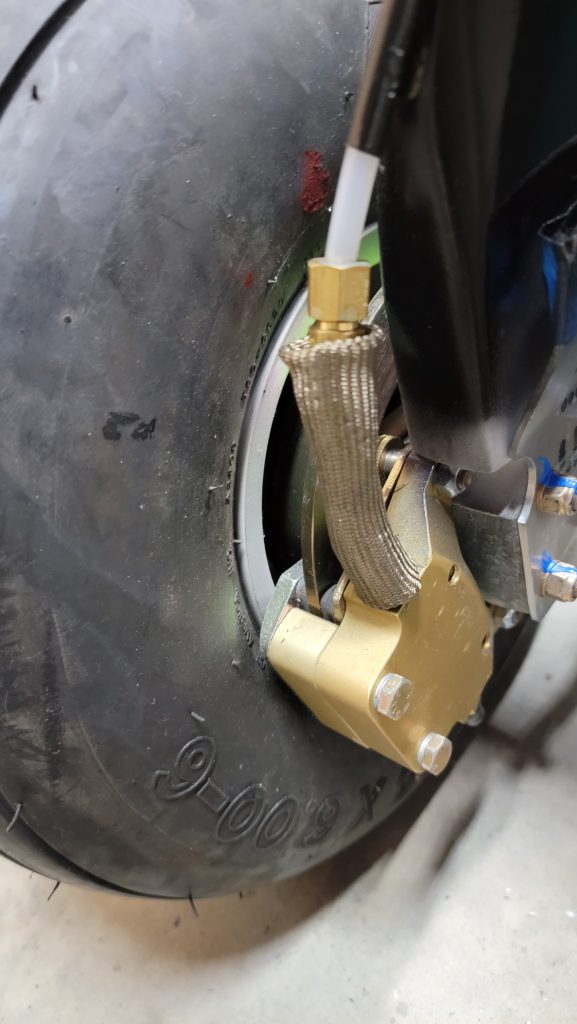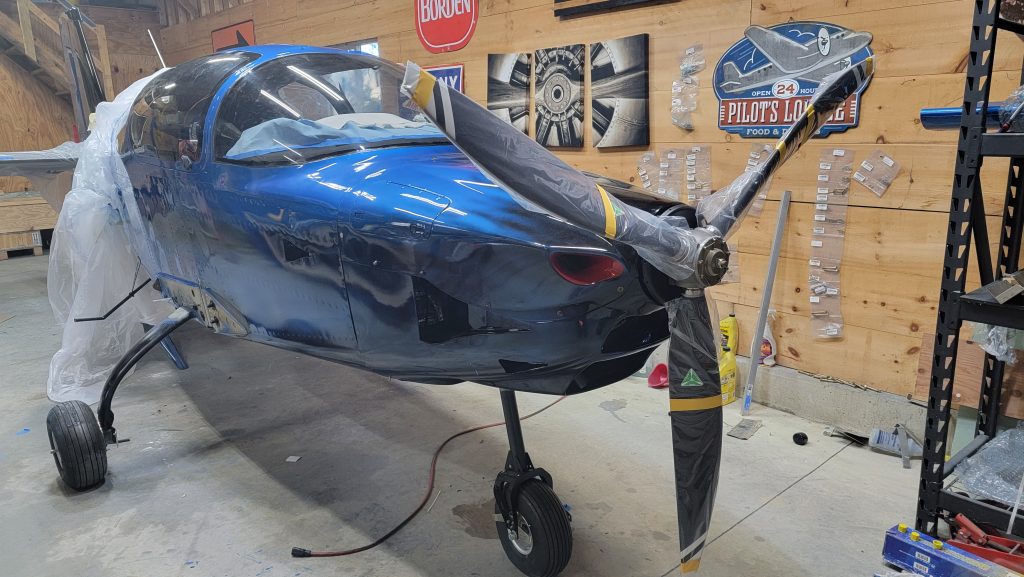This is the fable of the missing treasure key. For the longest time the squire toiled away on his contraption but it wasn’t until he found the last link that it all came together. …. I am not a writer… Hooray the last part for my Sling TSI is here. I ordered it in May 2022. It just arrived. When I ordered it, I was told it would only take 3 months… So my advice would be to everyone get your order for your parachute in as soon as possible. Let’s get to work.
fyi i took a picture of it being weighed since so many people seem to want to know that.






















